-
 Bitcoin
Bitcoin $119300
2.40% -
 Ethereum
Ethereum $4254
-0.20% -
 XRP
XRP $3.184
-1.38% -
 Tether USDt
Tether USDt $1.000
0.00% -
 BNB
BNB $803.9
0.58% -
 Solana
Solana $183.1
1.50% -
 USDC
USDC $0.0000
0.01% -
 Dogecoin
Dogecoin $0.2339
-2.87% -
 TRON
TRON $0.3384
0.88% -
 Cardano
Cardano $0.8018
-0.29% -
 Hyperliquid
Hyperliquid $45.13
3.14% -
 Chainlink
Chainlink $22.10
0.96% -
 Stellar
Stellar $0.4439
-0.94% -
 Sui
Sui $3.875
-0.73% -
 Bitcoin Cash
Bitcoin Cash $570.7
0.24% -
 Hedera
Hedera $0.2589
-2.90% -
 Ethena USDe
Ethena USDe $1.001
-0.01% -
 Avalanche
Avalanche $23.83
-1.73% -
 Litecoin
Litecoin $123.8
2.61% -
 Toncoin
Toncoin $3.351
-1.13% -
 UNUS SED LEO
UNUS SED LEO $9.103
1.13% -
 Shiba Inu
Shiba Inu $0.00001356
-1.40% -
 Uniswap
Uniswap $10.93
-0.19% -
 Polkadot
Polkadot $4.057
-1.97% -
 Dai
Dai $1.000
0.01% -
 Cronos
Cronos $0.1646
4.66% -
 Ethena
Ethena $0.7974
8.11% -
 Pepe
Pepe $0.00001208
-2.89% -
 Bitget Token
Bitget Token $4.445
-1.70% -
 Monero
Monero $268.8
-2.00%
What is the issuance and destruction mechanism of USDT?
USDT, a stablecoin pegged to the US dollar, uses an issuance/destruction mechanism. Users deposit USD (or equivalents) to receive USDT (issuance), and redeem USDT for USD (destruction), aiming for a 1:1 peg, though reserve transparency remains debated.
Mar 13, 2025 at 09:55 am
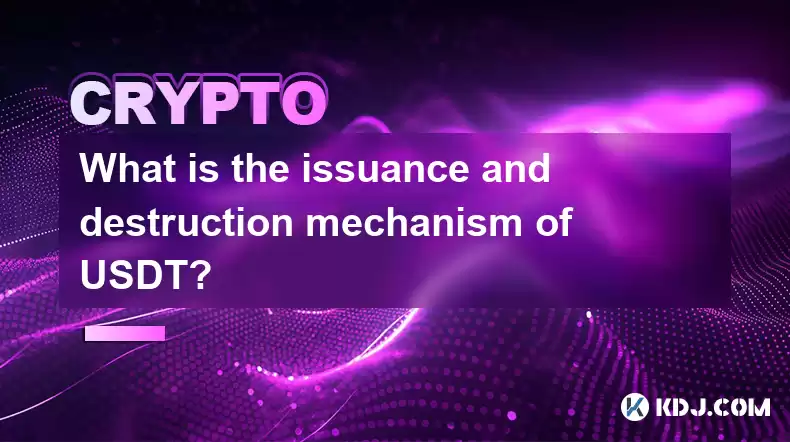
Key Points:
- USDT, a leading stablecoin, maintains its peg to the US dollar through a mechanism involving issuance and destruction of tokens.
- Issuance occurs when users deposit US dollars or equivalent assets into Tether's reserves, receiving USDT in return.
- Destruction happens when users redeem their USDT for US dollars or equivalent assets, effectively removing tokens from circulation.
- Transparency regarding Tether's reserves remains a subject of ongoing debate and scrutiny within the cryptocurrency community.
- The mechanisms are designed to ensure a 1:1 peg with the USD, although fluctuations can and do occur.
What is the issuance and destruction mechanism of USDT?
Tether (USDT) is a stablecoin pegged to the US dollar, aiming for a 1:1 ratio. This peg is maintained through a complex issuance and destruction mechanism. Understanding this mechanism is crucial for comprehending USDT's stability and its role in the cryptocurrency ecosystem.
Issuance of USDT:
The process of creating new USDT tokens begins with users depositing funds into Tether's reserves. These funds can be US dollars, or other assets deemed equivalent by Tether. Once the deposit is verified, Tether issues an equivalent amount of USDT to the user's digital wallet. This process effectively increases the circulating supply of USDT. The company claims these reserves are audited, though the details and methodology of these audits have been a source of considerable debate.
The exact composition of Tether's reserves remains a key point of contention. While Tether initially claimed to hold 100% US dollar reserves for each USDT in circulation, subsequent reports have indicated a more complex composition including commercial paper, treasury bills, and other assets. The details of these holdings and their risk profiles are subject to ongoing scrutiny.
Destruction of USDT:
The destruction of USDT, conversely, involves the opposite process. When a user wishes to redeem their USDT, they initiate a request with Tether. Upon verification of the request and the user's ownership of the USDT, Tether releases an equivalent amount of US dollars or equivalent assets from its reserves to the user. The corresponding USDT tokens are then removed from circulation, reducing the total supply. This burning mechanism is designed to maintain the 1:1 peg by reducing the supply of USDT when demand decreases.
This process is vital for maintaining the stability of the stablecoin. If the demand for USDT drops significantly, the redemption mechanism allows users to convert their tokens back into fiat currency, preventing a devaluation of the asset. The efficiency and transparency of this redemption process are critical factors in maintaining user trust.
The Role of Reserves in USDT's Mechanism:
The reserves held by Tether play a pivotal role in both issuance and destruction. The adequacy and composition of these reserves directly impact the stability of USDT and its ability to maintain its peg to the US dollar. A lack of transparency surrounding the exact nature and value of these reserves has led to significant criticism and regulatory scrutiny. Understanding the complexities of Tether's reserves is essential for evaluating the overall risk associated with holding USDT.
Tether’s claims about its reserves have been repeatedly questioned, leading to periods of market uncertainty. Independent audits have been commissioned, but their scope and findings have often been debated. The debate surrounding the transparency and composition of Tether's reserves highlights a significant challenge in regulating and overseeing the stablecoin market.
Transparency and Regulatory Concerns:
The lack of complete transparency regarding Tether's reserves has been a major source of concern for regulators and investors alike. Questions surrounding the composition, valuation, and risk associated with these reserves have fueled ongoing debates about the stability and long-term viability of USDT. This lack of clarity has led to increased regulatory scrutiny and calls for greater transparency within the stablecoin industry.
The ongoing legal and regulatory challenges faced by Tether highlight the need for greater transparency and accountability within the stablecoin market. The lack of clear regulatory frameworks and the complexities of maintaining a stable peg to a fiat currency present significant challenges for stablecoin issuers.
Frequently Asked Questions:
Q: Is USDT fully backed by US dollars?
A: Tether has historically claimed to maintain a 1:1 backing, but the composition of its reserves has included assets beyond US dollars, leading to ongoing scrutiny and debate.
Q: How is the peg to the US dollar maintained?
A: The peg is maintained through a mechanism of issuance and destruction of USDT tokens based on user deposits and redemptions of US dollars or equivalent assets.
Q: What happens if the demand for USDT falls significantly?
A: Users can redeem their USDT for US dollars or equivalent assets, effectively reducing the circulating supply and theoretically preventing devaluation. However, the speed and efficiency of this process are crucial.
Q: What are the risks associated with holding USDT?
A: Risks include the lack of complete transparency regarding Tether's reserves, potential regulatory actions, and the inherent volatility of the cryptocurrency market, despite USDT's attempt to maintain a stable price.
Q: Are there alternatives to USDT?
A: Yes, other stablecoins exist, each with its own backing mechanisms and risk profiles. It's important to research each option carefully before investing.
Q: How is the audit process of Tether's reserves conducted?
A: The details of the audit process have been subject to criticism and debate. While audits have been conducted, the scope and findings have often been questioned by the community, leading to ongoing concerns about the transparency of the reserve information.
Disclaimer:info@kdj.com
The information provided is not trading advice. kdj.com does not assume any responsibility for any investments made based on the information provided in this article. Cryptocurrencies are highly volatile and it is highly recommended that you invest with caution after thorough research!
If you believe that the content used on this website infringes your copyright, please contact us immediately (info@kdj.com) and we will delete it promptly.
- Shiba Inu's Comeback Trail and the Meme Coin Mania: Can $SHIB Deliver a 12,000x Return?
- 2025-08-11 18:30:11
- Pudgy Penguins, Bitcoin Penguins, and the $22M Meme Coin Mania: A New York Perspective
- 2025-08-11 17:10:11
- Bitcoin L2 Heats Up: SatLayer (SLAY) Lists on KuCoin Amidst Layer-2 Boom
- 2025-08-11 16:50:12
- Ethereum, Coin Market Cap, and Solfart Token: A Wild Ride in the Crypto Universe
- 2025-08-11 17:50:12
- Riding the ETH Wave: GoldenMining's ETH Contracts and the Price Surge
- 2025-08-11 17:55:12
- DOGE, SHIB, and the Crypto Landscape: What's Hot and What's Not
- 2025-08-11 18:01:04
Related knowledge
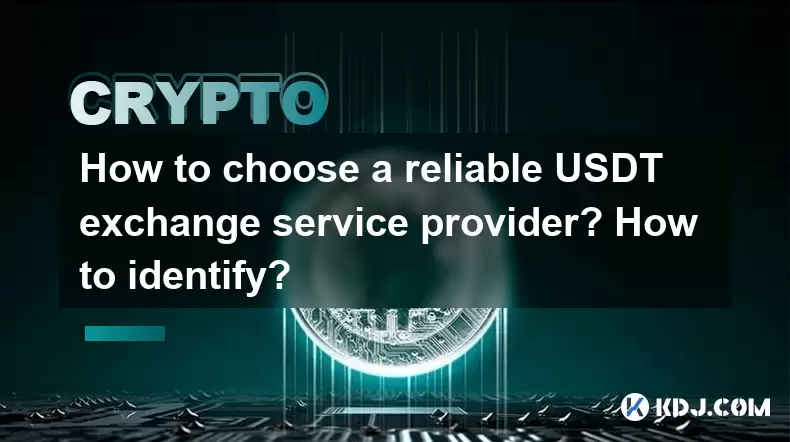
How to choose a reliable USDT exchange service provider? How to identify?
Jun 12,2025 at 03:15pm
Understanding the Role of USDT in Cryptocurrency TradingUSDT (Tether) is one of the most widely used stablecoins in the cryptocurrency market. It is d...
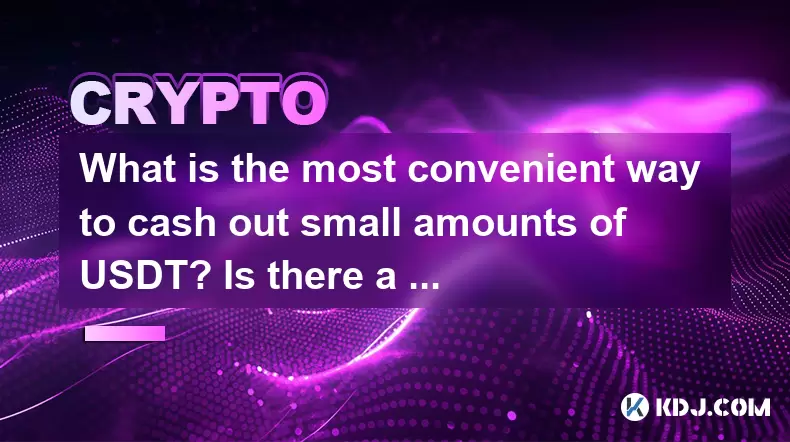
What is the most convenient way to cash out small amounts of USDT? Is there a shortcut?
Jun 11,2025 at 11:00pm
Understanding the Need to Cash Out Small USDT AmountsCashing out small amounts of USDT can be a challenge for many crypto users. Traditional methods o...
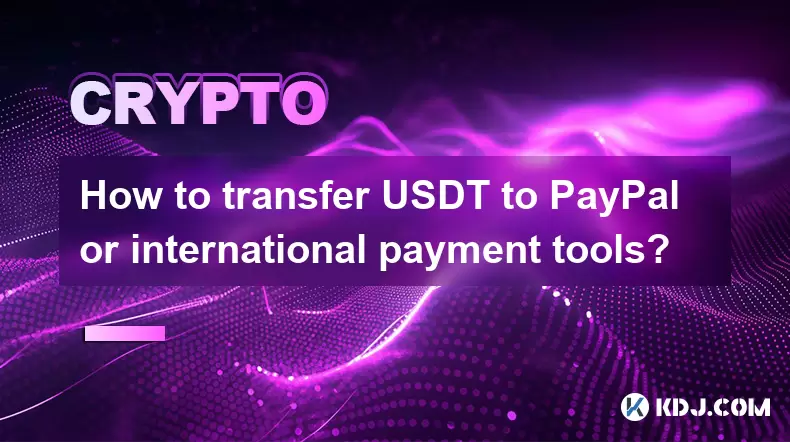
How to transfer USDT to PayPal or international payment tools?
Jun 15,2025 at 05:28am
Understanding the Basics of USDT and PayPal IntegrationUSDT (Tether) is a stablecoin pegged to the US dollar, offering blockchain-based value transfer...
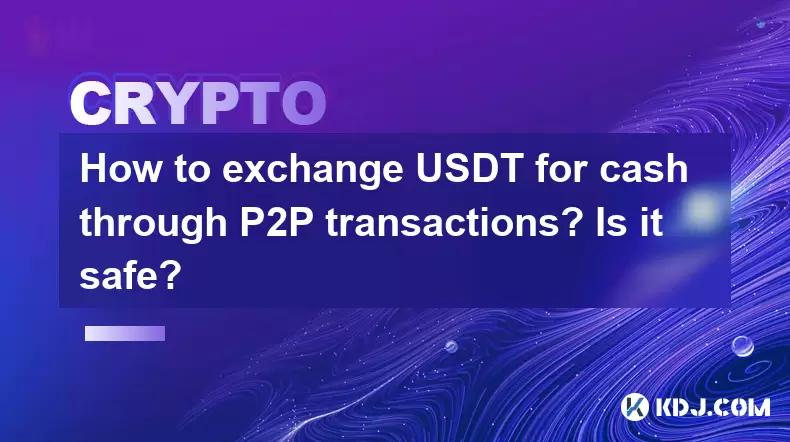
How to exchange USDT for cash through P2P transactions? Is it safe?
Jun 18,2025 at 07:56am
Understanding USDT and P2P TransactionsTether (USDT) is a stablecoin pegged to the value of the US dollar, making it a popular choice for users who wa...
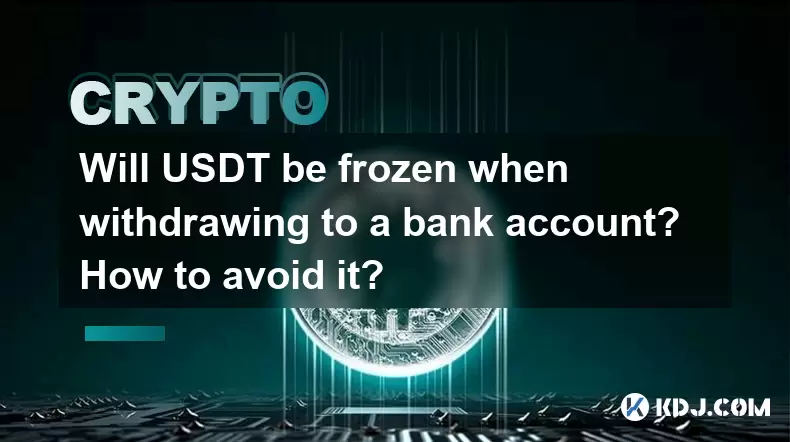
Will USDT be frozen when withdrawing to a bank account? How to avoid it?
Jun 15,2025 at 10:03am
Understanding USDT Withdrawals and Bank Account Freezing RisksWhen users decide to withdraw USDT (Tether) to a bank account, one of the most common co...
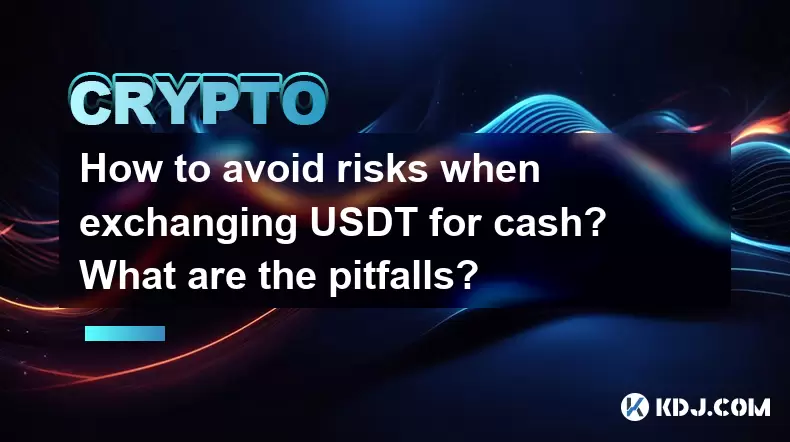
How to avoid risks when exchanging USDT for cash? What are the pitfalls?
Jun 11,2025 at 08:14pm
Understanding the Risks of Exchanging USDT for CashWhen exchanging USDT (Tether) for cash, users must be aware of the potential risks involved. As a s...

How to choose a reliable USDT exchange service provider? How to identify?
Jun 12,2025 at 03:15pm
Understanding the Role of USDT in Cryptocurrency TradingUSDT (Tether) is one of the most widely used stablecoins in the cryptocurrency market. It is d...

What is the most convenient way to cash out small amounts of USDT? Is there a shortcut?
Jun 11,2025 at 11:00pm
Understanding the Need to Cash Out Small USDT AmountsCashing out small amounts of USDT can be a challenge for many crypto users. Traditional methods o...

How to transfer USDT to PayPal or international payment tools?
Jun 15,2025 at 05:28am
Understanding the Basics of USDT and PayPal IntegrationUSDT (Tether) is a stablecoin pegged to the US dollar, offering blockchain-based value transfer...

How to exchange USDT for cash through P2P transactions? Is it safe?
Jun 18,2025 at 07:56am
Understanding USDT and P2P TransactionsTether (USDT) is a stablecoin pegged to the value of the US dollar, making it a popular choice for users who wa...

Will USDT be frozen when withdrawing to a bank account? How to avoid it?
Jun 15,2025 at 10:03am
Understanding USDT Withdrawals and Bank Account Freezing RisksWhen users decide to withdraw USDT (Tether) to a bank account, one of the most common co...

How to avoid risks when exchanging USDT for cash? What are the pitfalls?
Jun 11,2025 at 08:14pm
Understanding the Risks of Exchanging USDT for CashWhen exchanging USDT (Tether) for cash, users must be aware of the potential risks involved. As a s...
See all articles

























































































